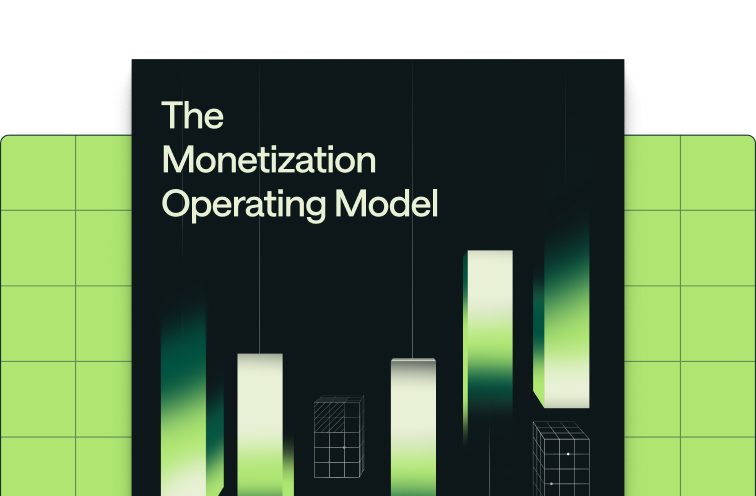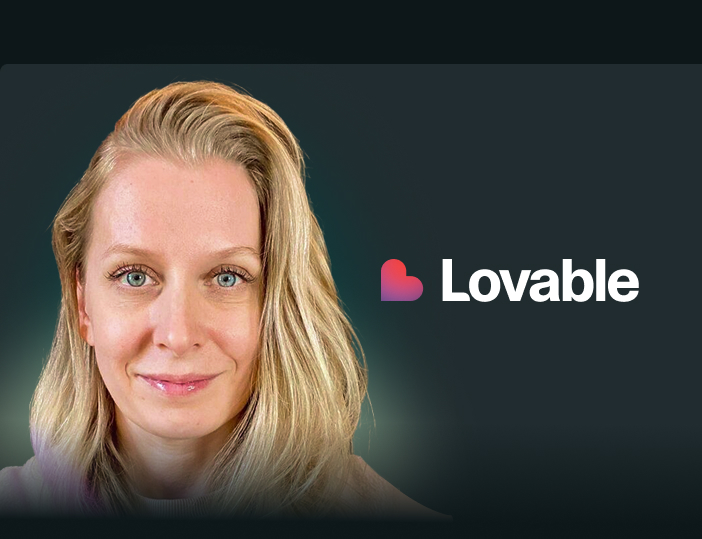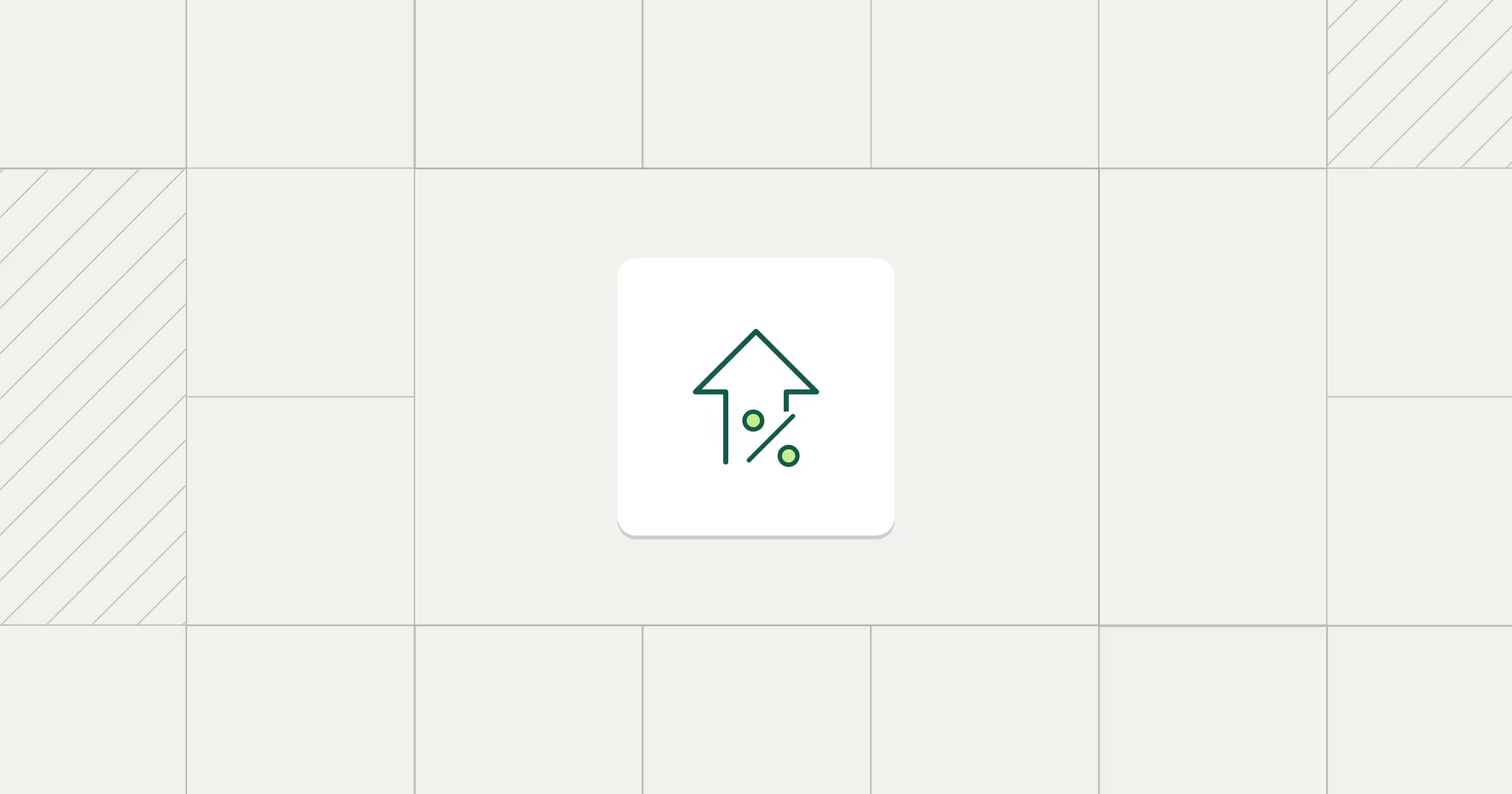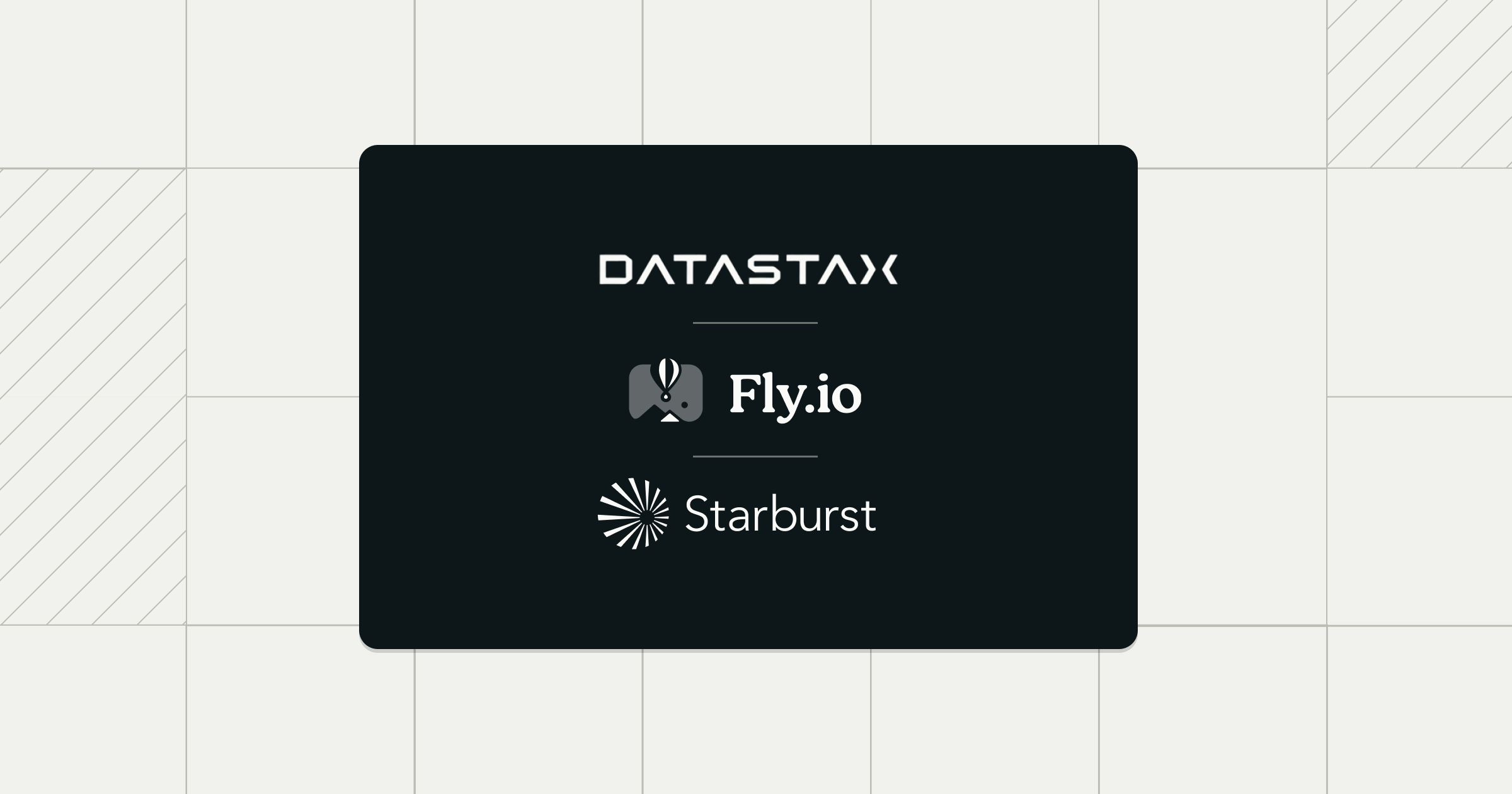Share
Software pricing has evolved alongside business models. We started with perpetual licenses—software sold like a physical product. Then came SaaS, shifting to subscription-based recurring revenue. Now, we’re in the third era: usage-based pricing (UBP), particularly in AI-driven and infrastructure-heavy businesses.
Usage-based or outcome-based pricing (a specific type of usage-based pricing) isn’t just innovative—it’s a better business model. It boosts margins by aligning costs with actual usage, delivers clearer and more actionable metrics, and reflects the true value provided by AI-powered solutions, which are inherently tied to outcomes rather than seats. The result? Higher margins, better retention, and faster growth.
And it’s not just AI-native companies making the shift. Traditional subscription models are evolving into hybrid structures, blending recurring revenue with variable pricing. In fact, over 85% of companies now use some form of UBP.
Why pricing transformation is harder than you think
Moving to UBP isn’t just a pricing change—it’s a fundamental shift in how revenue is generated, products are designed, and teams are incentivized. You’re not just updating a pricing model or billing system; you’re rewiring the DNA of your company’s revenue engine.
Like the Ship of Theseus, where every plank is gradually replaced, UBP transformations don’t happen overnight. They unfold through a series of deliberate, incremental shifts—each one shaping a more adaptive, value-driven business model.
At Metronome, a usage-based billing company, we've worked with many companies navigating this transition. Two key principles stand out:
1. UBP is a marathon, not a sprint
Switching to UBP takes years, not months. Companies that rush it face customer confusion, internal pushback, and operational chaos. Instead, treat it as an iterative process: customer education, system upgrades, sales realignment, and pricing model experimentation.
2. Balance urgency with practicality
Move too fast, and you alienate customers and overwhelm your team. Move too slow, and competitors outpace you. The trick is executing quickly enough to stay relevant but methodically enough to ensure adoption.
So how do you get it right? It starts with four essential steps.
Step 1: You need a Chief Alignment Officer
If pricing transformations fail, it’s usually due to weak leadership. Your business model isn’t a finance decision—it affects every department and has to be driven top-down. Without alignment, sales teams resist, customer success struggles to set expectations, and finance teams can’t forecast revenue.
Case study: A model for leadership buy-in
In 2020, New Relic moved from host-based pricing to usage-based model—a radical change that required a full company reset. Their leadership team did three key things right:
- They reoriented the whole company around a customer-centric value metric (data ingestion, not host count).
- They changed sales incentives to reward usage expansion rather than upfront bookings.
- They made product teams accountable for revenue growth, not just feature releases.
CEO Lew Cirne called it “the most important moment in New Relic’s 13-year history”, emphasizing the level of conviction and alignment required for such a transformation. Their approach underscores the importance of top-down leadership in making bold pricing changes a reality.
Step 2: Fix the value metric, test everything else
One of the biggest mistakes in pricing transformations? Treating every decision as final. Most pricing elements should be flexible. Amazon’s one-way door vs. two-way door framework is useful here:
- One-way doors are irreversible decisions. Choose the wrong value metric, and you're stuck.
- Two-way doors can be tested and adjusted—packaging, migration plans, and sales incentives.
At the core of every pricing model are three key metrics—and getting them right makes all the difference. Shoutout to pricing guru Sam Lee for developing this framework, which we’ve seen validated across multiple companies.
The Three Core Pricing Metrics

- Value Metric: Defines what drives customer value. This is the foundation of your pricing model and should be carefully chosen and rarely changed.
- Usage Metric: Tracks measurable activities tied to that value. These are more flexible and can evolve over time.
- Billable Metric: Determines how customers are charged. This is the most adjustable, as long as it remains aligned with the value metric.
Defining the right value metric
The value metric is the most important decision because it defines what customers perceive as valuable. It should scale as customers get more value from the product. Once you define how you measure value, your entire product strategy, monetization model, and customer experience revolve around it.
Example: A customer support chatbot’s value isn’t measured by the number of CPU processing cycles it consumes. Or even how many people in your org have access to it (seats). The true value of the bot is best understood as the number of successful customer conversations it resolves.
Why this is a one-way door:
- Educating customers and your internal team on the ‘right’ way to value a product is expensive, time-consuming product, research, and marketing work - often taking years.
- A poorly chosen value metric can disincentivize adoption (e.g., if customers are charged per conversation and fear unpredictable costs, they might limit usage).
- The value metric must align with customer expectations to drive expansion and retention.
- Future product development will revolve around reinforcing and increasing value in alignment with this metric.
Everything else is a two-way door
Unlike value metrics, usage and billable metrics are much more flexible and can be adjusted without changing what customers perceive as valuable (within limits).
- Value metrics define what drives customer value.
- Usage metrics track measurable activities tied to that value. Example: In an AI chatbot, customer inquiries processed could be a usage metric.
- Billable metrics determine how customers are charged. Example: Snowflake bills on credits rather than raw gigabytes or compute hours.
Why they’re two-way doors
You generally shouldn’t change billable metrics for an existing customer more than once per year. But that doesn’t mean you can’t experiment. In fact, you should be testing new billable metrics—it just requires the right approach.
Here’s how to do it without disrupting your customer base:
- Use grandfathering to transition customers gradually while testing new metrics with new cohorts.
- Leverage segmentation to experiment in controlled environments: For product-led growth customers, geographic testing allows you to refine pricing before a full rollout. For direct sales, contracts often have built-in flexibility, making it easier to adjust billable metrics on a case-by-case basis.
- Refine billing structures by introducing tiers, discounts, or hybrid models to balance revenue predictability with customer flexibility. This is especially straightforward in a direct sales model, where custom agreements are the norm.
The good news? Customers expect usage metrics to evolve as products change. By surfacing these metrics inside your product, you can gradually train customers to see them as value drivers—without forcing an abrupt shift in how they perceive pricing. Over time, this makes transitions smoother and reduces pushback when you do need to make adjustments.
Everything else—packaging, customer migration plans, sales comp plans—are also two-way doors. They can (and should) evolve based on customer feedback, internal learnings, and market conditions.
Step 3: A phased, test-driven rollout
Rolling out UBP all at once is risky. Instead, successful companies treat pricing like a product launch: beta test, gather feedback, iterate, and scale.
How to phase your rollout:
- Lock in the value metric – Ensure customers understand what they’re paying for.
- Start with lighthouse customers – If your top customers don’t buy in, broad adoption will be tough.
- Abstract the billing metric – Credits, tokens, or tiers smooth out volatility.
- Roll out to controlled groups first – Start with a region or new customers before transitioning everyone.
- Align sales compensation – Sales teams must be incentivized to sell UBP, not legacy plans.
Case Study: Autodesk’s Flex Model – A masterclass in phased rollouts
Autodesk recognized that traditional SaaS subscriptions weren’t ideal for all customers, especially those with variable usage needs. Instead of an immediate transition, they took a measured, multi-year approach:
- Ran a pilot with enterprise customers, refining the model before scaling.
- Offered Flex as an option alongside subscriptions, ensuring customers weren’t pushed into change.
- Built self-serve tools, such as a Flex Estimator Tool, to help customers predict token usage.
This approach resulted in higher adoption, minimized churn, and a smoother transition to a hybrid pricing structure.
Step 4: Over-communicate with customers
The fastest way to derail a pricing transformation? Poor communication. Customers resist change—especially when they don’t see it coming.
What companies get wrong:
- Announcing changes too late, leaving customers blindsided.
- Failing to provide cost visibility, leading to billing surprises.
- Assuming customers will “just get it” without clear education.
Case study: Unity’s pricing misstep
In September 2023, Unity introduced a runtime fee based on game installations. Though Unity estimated that 90% of developers wouldn’t be affected, the pricing change sparked widespread backlash—not just for the fee itself, but for poor communication.
- Blindsided customers – The change was announced with little notice, and many developers learned about it through social media instead of direct communication.
- Misaligned value metric – Charging per installation, rather than revenue or engagement, confused and frustrated developers.
- Lack of cost transparency – No forecasting tools or spend calculators left developers uncertain about their costs.
Within weeks, Unity was forced to backtrack, but the damage was done—trust eroded, competitors seized the moment, and the CEO resigned. The failure wasn’t just in what changed, but how it was handled.
Best practices for communicating pricing changes
- Over-communicate value – Customers need to understand why the change is happening and how it benefits them. Frame it as an improvement, not just a price increase. Use multiple channels—emails, in-product messages, webinars, and FAQs—to ensure consistent messaging. Engage key customers and industry influencers early to gather feedback and address concerns.
- Lead with value, then price – Customers are more receptive when they see the benefits first. Show how the new pricing rewards efficient use and aligns with customer success. Highlight new features, improved performance, or greater cost flexibility. Use case studies to demonstrate how similar customers have benefited.
- Train internal teams – Every customer touchpoint needs to reinforce the message. Equip sales, marketing, and customer success teams with clear, confident messaging so they can address concerns and guide customers through the transition. In sales-led models, pilot the new model with a cohort of your best reps, adjust their compensation to align incentives, and offer downside protection since this is an experiment. If they’re motivated and secure, they’ll help customers get there too.
- Package pricing changes thoughtfully – The best moment to introduce a pricing change? When you’re launching big, meaningful improvements. Customers are far more likely to accept a price shift if they see a direct tie to new features, new customer value, or enhanced capabilities. Tell a compelling story about how the product is evolving and why the new pricing reflects that shift. Where possible, offer hybrid models that let customers test the new structure before fully transitioning. Provide a clear transition timeline so customers know what to expect.
- Ensure cost transparency – Uncertainty creates friction, so customers need visibility and control. Offer real-time usage dashboards to track spending before invoices arrive. Provide forecasting tools to help customers predict costs. Allow spending alerts and thresholds to prevent unexpected charges.
Case study: How Slack raised prices smoothly
In 2022, Slack announced its first-ever price increase for its Pro plan, giving customers a six-week notice before the change took effect. To avoid backlash, Slack clearly outlined the new pricing in simple terms and allowed customers to lock in the old price for another year by switching to an annual plan.
Slack also ensured cost transparency by providing a detailed pricing breakdown in multiple currencies, making it easy for customers to calculate their updated costs. To soften the impact, Slack simultaneously upgraded its Free plan, removing the 10,000-message limit and adding more features.
The bottom line: pricing is a growth lever
The best companies treat pricing as a competitive advantage, not just a billing function. The key is structured execution—align leadership early, lock in the right value metric, roll out in phases, and over-communicate with customers.
Get it right, and pricing won’t just drive revenue—it’ll strengthen retention, improve expansion, and give you an edge in the market.









.png)


